
Long before John Jacobs and John Bozeman rode across what is now Wyoming’s Powder River Basin toward Fort Laramie in 1863— finding a route that brought gold seekers to western Montana—native people lived in the area.
Bozeman and Jacobs traveled from western Montana, where gold had been discovered in Alder Gulch giving rise to Virginia City. After crossing the pass later named for him, Bozeman followed the Yellowstone River through Crow lands, and then turned to the southeast, skirting the flank of the Bighorn Mountains and across the Powder River Basin. Familiar with Fort Laramie, the major military post in the area, he knew people would want to get to the new gold strike in Virginia City as quickly as they could. By leading those seekers over his route, he could gain wealth for himself and give the new miners a better shot at riches for themselves.
Hunting Grounds
The challenge of the new route lay not with the terrain, but rather with those people who already lived there, especially in the first couple of hundred miles from Fort Laramie to the north end of the Bighorn Mountains. Among the residents of the region were northern groups of the Lakota tribes, including Miniconjou, Oglala and Hunkpapa Lakota, as well as many Cheyennes.
Jacobs and Bozeman went right across the heart of the prime hunting lands for these tribes. The route the gold hunters would follow along the eastern Bighorn Mountains was a well-known Indian trail known as the Trail Going South.
Esta historia es de la edición May 2023 de True West.
Comience su prueba gratuita de Magzter GOLD de 7 días para acceder a miles de historias premium seleccionadas y a más de 9,000 revistas y periódicos.
Ya eres suscriptor ? Conectar
Esta historia es de la edición May 2023 de True West.
Comience su prueba gratuita de Magzter GOLD de 7 días para acceder a miles de historias premium seleccionadas y a más de 9,000 revistas y periódicos.
Ya eres suscriptor? Conectar
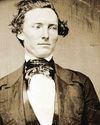
FIREARMS COLT WALKER 47
THE LEGENDARY HANDGUN THAT REALLY WON THE WEST
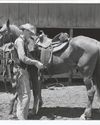
HERITAGE TRAVE
THE AMERICAN WEST IN ALL ITS GLORY OUR ANNUAL FAVORITES LIST CELEBRATES DESTINATIONS ACROSS THE WESTERN UNITED STATES.

Wild Turkey, and Not the Drinkin' Kind
The actual bird was a favorite of pioneers.
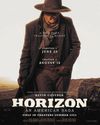
THE PASSION PROJECTS OF THE MODERN WESTERN
A YEAR OF UNDERRATED EXCELLENCE
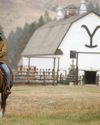
WESTERN BOOKS THEN AND NOW
THE STATE OF WESTERN HISTORY AND FICTION PUBLISHING IN 2024 IS ONE OF GRIT AND DETERMINATION.
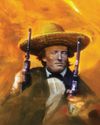
SAMUEL WALKER VALIANT WARRIOR
While a prisoner at the castle of Perote, Walker was put to work raising a flagpole. At the bottom of the hole, Walker placed a Yankee dime, vowing to someday come back and retrieve it, at the same time exacting revenge on his Mexican captors. In the summer of 1847, when Walker's mounted riflemen returned and routed Santa Anna's guerillas, the young captain kept his promise and got his dime back.
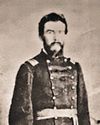
THE BATTLE OF CENTRALIA
ON September 27, 1864, Bloody Bill Anderson and about 80 men took over the small railroad village of Centralia, looting stores and discovering a barrel of whiskey that they hauled out into the street. Wild enough when sober, they soon were roaring drunk.
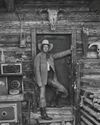
THE MAN WHO SHOOTS THE WEST
Jay Dusard is a living American photographer who has made Arizona his home for over 60 years, seeing it first in 1960 on a visit, moving here for good in 1963.
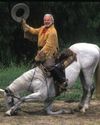
A TRUE WESTERNER INDEED PHIL SPANGENBERGER 1940-2024
Spangenberger had Nevada trained to bow by the legendary horse trainer, Glenn Randall, who trained Roy Rogers' Trigger, Gene Autry's Champion, Rex Allen's Koko and the Ben Hur chariot horses, among other great equines.

Where Did the Loot Go? - This is one of those find the money stories. And it's one that has attracted treasure hunters for more than 150 years.
Whatever happened to the $97,000 from the Reno Gang's last heist? Up to a dozen members of the Reno Gang stopped a Jeffersonville, Madison and Indianapolis train at a watering station in southern Indiana. The outlaws had prior intelligence about its main load: express car safes held about $97,000 in government bonds and notes. In the process of the job, one of the crew was killed and two others hurt. The gang made a clean getaway with the loot.